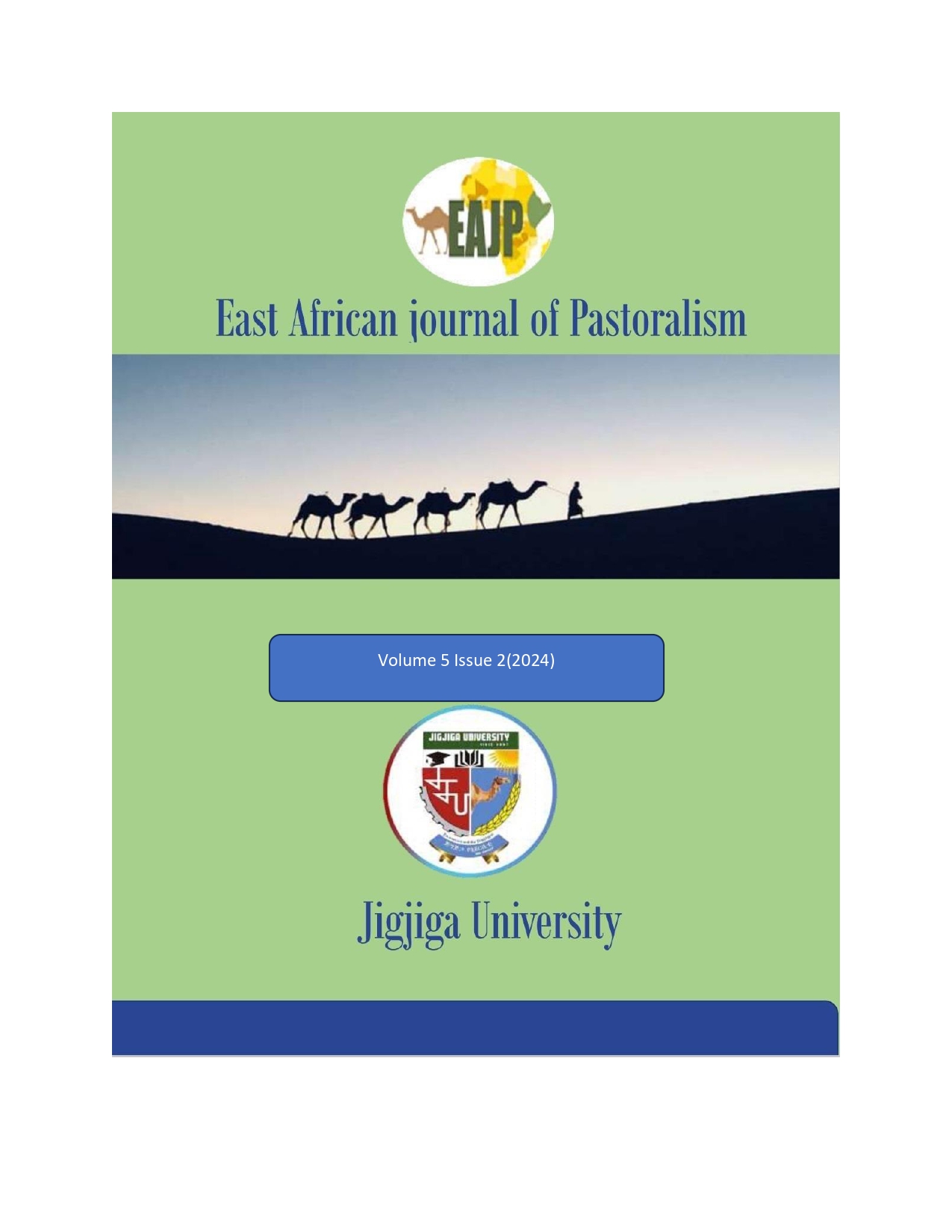Identifying Suitable Sites for Rainwater Harvesting Using Gis and Multi- Criteria Decision Making Techniques in Liban Zone of Somali Region, Ethiopia
Keywords:
Rainwater Harvesting, ????????????1,????????????????Abstract
Ethiopia possesses ample potential water resources but does not have the infrastructure needed to harness them. Severe weather conditions and significant fluctuations from year to year and season to season of this whether element could adversely influence efficiency. Collecting rainwater can alleviate scarcity of potable water and farming productivity in locations lacking alternative water resources (Mohanty et al., 2020). The Somali region of Ethiopia is among the provinces that exemplify the most water-scarce areas (ESR, 2016). The area relies on groundwater withdrawal as a part of its drinking water source, yet the water supply has decreased due to falling water levels (MoWR, 2013).The objective of study is to pinpoint and find appropriate locations for rainwater
harvesting through the application of GIS and MCDM methods in the Liban zone of the Somali region based on the Food and Agriculture Organization (FAO) catalogs of parameters including areal climate, water systems, landscape, agricultural practices, soils, and socioeconomic factors. Based on the land suitability map created through this research, the areas deemed most appropriate (highly suitable and suitable) are mountainous regions featuring large earthen hills with significant elevation potential. The valleys within the examined locations exhibit various slopes, causing some (particularly those with steep inclines) to be unsuitable for reservoir construction. The southwestern part of the target area displayed greater degrees of suitability due to its gentle
slope, and these locations are suggested as reservoir sites because of their closeness to the river. Although the current study facilitates the direct identification of suitable sites for RWH from the map, it is ultimately advised to conduct onsite visits to guarantee a more thorough investigation. In light of recent climate shifts and as a strategy for managing water resources in the Liban zone of the Somali regional state, the establishment of RWH reservoirs ought to be viewed as a feasible solution for areas that lack alternative potable water supply options or do not have enough water to fulfill both public and private requirements.




